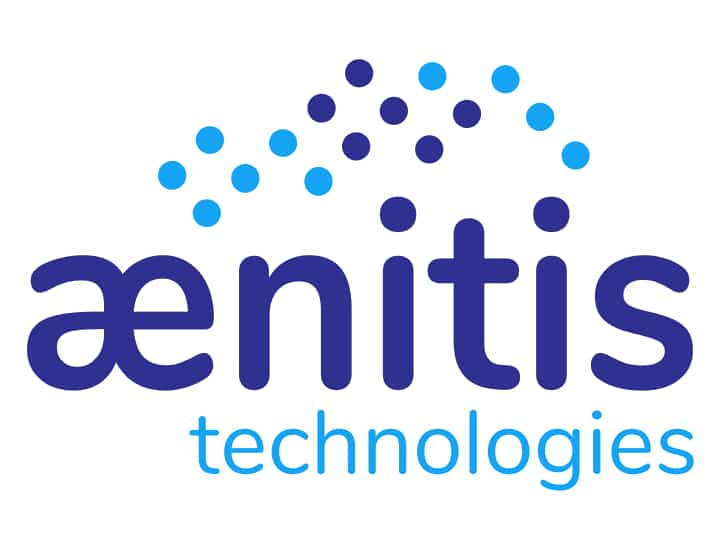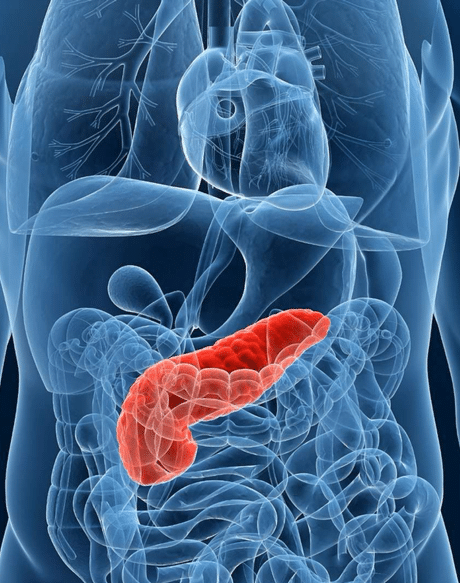ALI-S project
Isolation and purification of Langerhans islets (or pancreatic islets) for self-grafting and allografting
Issues
Pancreas is a key vital organ whose dysfunction, linked to various pathologies, leads to physiological disorders responsible for chronic diseases that severely degrade the quality and life expectancy of patients. Some of these pathologies would require the use of organ transplants. However, since the proportion of rejections from pancreatic transplants is high (more than 45%), the lethal risks of such procedures are too high and organ transplantation is carried out only as a last resort. In France, for example, only 1.5% of organ transplants are pancreas transplants.
Among the vital physiological functions of the pancreas, the main one is the regulation of glycemia and digestion by the secretion of hormones: insulin, glucagon, somatostatin, pancreatic polypeptide and ghrelin, all of which are produced in cells clusters called Langerhans Islets.
This key role for life is reflected in the incidence of pancreatic pathology. Diabetes, of all types, affects more than 450 million patients worldwide and is expected to reach nearly 592 million by 2035, according to the WHO.
Among the pathologies for which a pancreas transplant would be recommended, three pathologies are highlighted by the therapists. Diabetes does not have an alternative treatment to properly address pancreatic dysfunctions related to digestion and blood glucose regulation:
– unstable type I diabetes (about 5% of diabetics, or 21 million patients worldwide),
– patients who have undergone partial pancreatic removal in chronic pancreatitis (chronic pancreatitis: about 500,000 patients worldwide),
– patients with partial pancreatic removal in pancreatic cancers (pancreatic cancer operable at a fairly early stage: 338,000 patients worldwide)
Since the late 1990s, many cell therapy research groups and visceral surgeons have developed Langerhans islet transplant techniques, achieving similar (if not better) results today results as the pancreas transplant. These grafts are much less invasive since they consist of injecting islets into the portal vein under ultrasound monitoring, or by intramuscular injection. This can be either self-grafting in cases of patients who have undergone a partial removal of their pancreas (these patients do not need an immunosuppressive treatment to avoid rejections), or allografting (islets are from organ donation) and in this case, patients undergo immunosuppressive treatment.
Results from these islet transplants shown that up to 98% of patients become insulin-independent immediately after transplant and about 50% of these patients remain insulin-independent five years after transplant (NB: This rate could be significantly improved by more massive islet transplants made possible by higher isolation yields).
Concerning therapeutic interests and benefits, the Langerhans islet transplant is unanimous. Nevertheless, the manufacturing of the Langerhans islets remains tedious, burdensome and suffers from very low yields. These preparations come either from the partial removal of the pancreas of the patient to whom the islets of Langerhans will be re-injected, or from organ donations which makes the origin of the islets all the more valuable. On average, only 30% of the islets are recovered during current bioprocesses. Thus, solutions to simplify and optimize the bioprocesses for the preparation of islets are needed for these cellular therapies to be simplified and more accessible for both the cell therapy units that prepare that for patients who benefit from it.
Aenitis approach
The project « Acoustic Langerhans Islets Sorter » (ALI-S) aims to develop a medical device dedicated to the isolation and purification of the islets of Langerhans intended for autografts and allografts.
This device uses the acoustic properties of suspended cell clusters to wash the digestion enzymes needed for the early stages of the Langerhans islet bioprocess. It also allows their purification by sorting cell clusters containing islets from those composed only of exocrine tissue. Finally, the innovative system aims to achieve clearly optimised returns in the light of current results, while providing a technologically innovative solution in a sector that lacks them.
Technical goals of the ALI-S project
– Increase the quantity of islets of Langerhans harvested by improving the yield of the sorting and purification steps so that the quantity of islets harvested exceeds 60% (instead of the current average of 30%).
– Improve the quality of harvested islets of Langerhans that have undergone less traumatic handling (versus centrifuge use).
– Reduce the total process time to less than 6h (8h on average today).
– Reduce the number of human interventions during the process to simplify, secure and limit the constraints related to the availability of preparers and reduce contamination risks linked to handling.
Economic objectives of the ALI-S project
– Reduce the cost of an infusion of a pancreas or part of a pancreas by at least 15%.
– Become the world standard for the preparation of the islets of Langerhans, on a niche strategic market estimated at €126M worldwide.
Societal objectives of the ALI-S project
– Improve the quality and life expectancy of patients with severe pancreatic insufficiency
– Decrease the medico-economic costs per patients.

